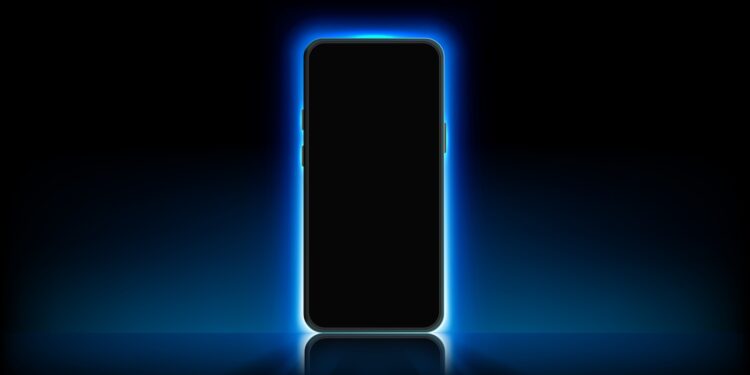Apple has filed a new patent describing its vision of an iPhone made from a single piece of glass. The idea originally came from former chief designer Jony Ive, who years ago envisioned a device that would appear like a single, unbroken sheet of glass. The newly published application suggests that Apple is getting closer to achieving this goal—although it may still be some time before it's realized.
Since the launch of the iPhone X in 2017, the iPhone design has evolved step by step. Back then, the thick bezels disappeared for the first time, but it hasn't been possible to completely eliminate visible bezels. The next big step would be a curved display that stretches across the sides of the device, creating the illusion of a closed glass surface. Other manufacturers like Samsung have tried similar approaches, but Apple apparently wants to go even further—until the iPhone looks like a solid block of glass.
An iPhone made entirely of glass
The patent application, which has now been made public, describes a six-part glass housing. It comprises a first and a second glass element, which together form the front, back, and four side surfaces. The parts are connected in such a way that they appear and feel like a single surface. It is explicitly stated that it does not have to be made entirely of glass – the key is the impression that it is made from a single piece.
Curved display and active edges
Inside the case is a touchscreen display, positioned so that at least part of each of the six glass surfaces is visible. This allows content to be displayed along the edges. Each side would also be touch-sensitive, allowing inputs across the entire case. The curved glass would cover the edges of the display—similar to the Apple Watch, except that the display actually extends to the edges. Tiny openings in the glass allow for the integration of microphones and speakers.
Competition and previous approaches
Samsung already used displays that extend beyond the sides with the Galaxy Edge series. However, the forehead and chin areas were comparatively large, which ultimately led the company to return to narrow bezels. Apple, on the other hand, is pursuing a solution where both the front and sides can be full-fledged display areas – without any distracting interruptions.
Outlook – the iPhone 17 Air as an intermediate step
While the patent points to a clear direction, producing a fully glass iPhone is likely to present several technical hurdles. It's more likely that smaller steps will be implemented in the near future. These could include the iPhone 17 Air, expected to be the thinnest iPhone ever. It could be the next milestone on the path to a seamless, glass-looking device.
Apple's vision: technology and design as one
Apple continues to work on radically simplifying the iPhone design while simultaneously making it more technically sophisticated. The vision of a device made from a single piece of glass fits with its commitment to merging technology and design. If they succeed in building a functional, robust, and visually consistent glass iPhone, it would not only be an aesthetic advancement but also a strong statement in the smartphone market. The best products for you: Our Amazon storefront offers a wide selection of accessories, including those for HomeKit. (Image: Shutterstock / incrediblephoto)
- Apple is working on light signals for Apple Ring and more
- Apple files patent for new mouse button in keyboard
- Will Apple Pencil soon be available as a stylus for all Apple devices?
- Apple patent proves: AirPods with cameras in development
- Apple could improve Vision Pro for travel via software
- AirPods learn to read lips: Apple plans silent control
- Apple patent shows: iPhone could soon control everything automatically
- New research: Apple develops hinges for foldable iPhone
- Magic Mouse: Apple is working on touchless control
- Apple Patent: More action buttons for iPhones and more
- iPhone: Face ID under the display is within reach
- Apple Vision Pro: Patent shows display in the headband
- Apple is getting closer to the foldable iPhone





